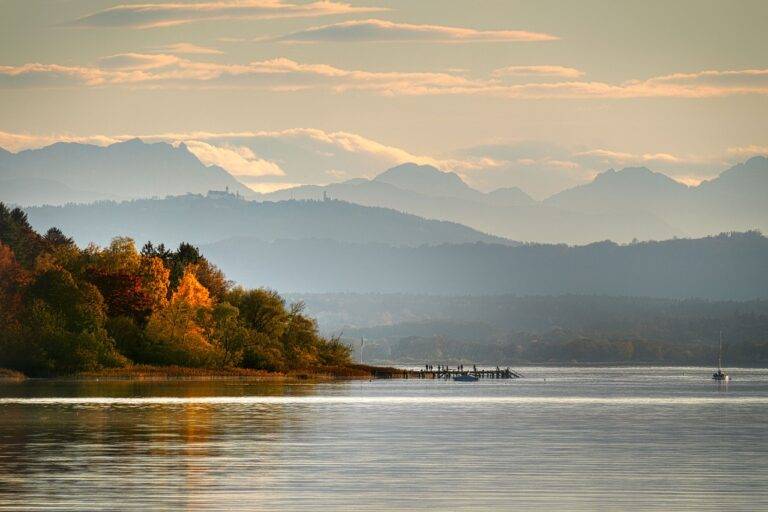Travel and Extreme Weather Adventures
In the midst of Mother Nature’s fury, there is an undeniable sense of power and unpredictability that leaves humankind humbled in its wake. When faced with natural disasters such as hurricanes, earthquakes, or wildfires, we are reminded of our vulnerability in the grand scheme of the Earth’s forces. The sheer devastation and chaos unleashed by these events serve as a stark reminder of the delicate balance between nature’s beauty and its destructive potential.
Communities around the world have experienced the devastating impacts of Mother Nature’s wrath, with lives lost, homes destroyed, and landscapes forever altered. The aftermath of natural disasters often leaves a long-lasting impact on not just the physical environment but also on the emotional and psychological well-being of those affected. Despite advances in technology and disaster preparedness, the raw power of nature continues to remind us of our place as mere inhabitants on this planet.
Storm Chasing: An Adrenaline-Fueled Pursuit
Storm chasing is a high-risk, adrenaline-fueled pursuit that captivates a dedicated group of individuals. These storm chasers relentlessly track severe weather conditions, from tornadoes to hurricanes, in order to witness the awesome power of nature up close.
The thrill of the chase lies in the unpredictability and danger of these extreme weather events. Despite the inherent risks, storm chasers are driven by a passion for meteorology and a desire to capture breathtaking footage of nature’s most ferocious moments.
What is storm chasing?
Storm chasing is the act of pursuing severe weather, such as tornadoes, hurricanes, and thunderstorms, in order to observe and study them up close.
Is storm chasing dangerous?
Yes, storm chasing can be incredibly dangerous due to the unpredictable nature of severe weather. It is important for storm chasers to prioritize safety at all times.
What equipment do storm chasers use?
Storm chasers typically use vehicles equipped with weather monitoring technology, such as radar and GPS systems, as well as safety equipment like helmets, seatbelts, and first aid kits.
How can someone become a storm chaser?
To become a storm chaser, individuals typically need a strong background in meteorology and storm tracking, as well as a willingness to undergo extensive safety training.
What are the risks of storm chasing?
The risks of storm chasing include potential exposure to dangerous weather conditions, such as high winds, hail, and lightning, as well as the risk of getting caught in a tornado or severe storm. It is important for storm chasers to be prepared for any situation.





